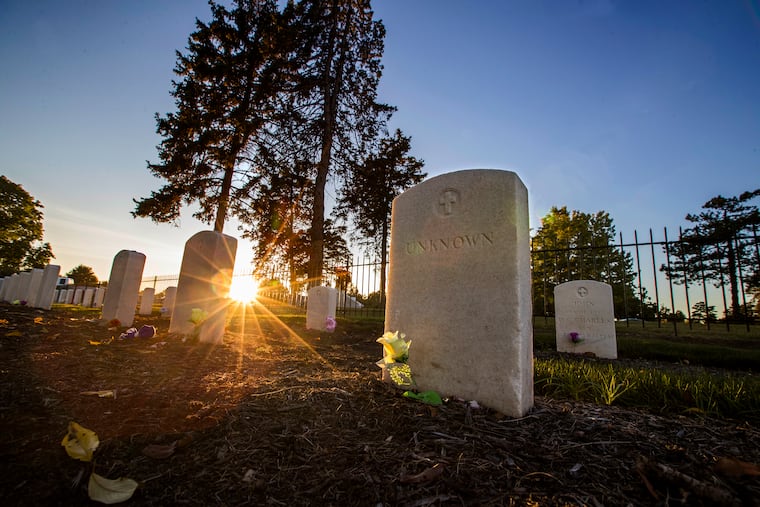For the family of a Native American child lost at the Carlisle School, a new study offers hope of accountability
In modern America it’s rare to find a Native family that hasn't been touched by boarding schools

In modern America it’s rare to find a Native family that hasn't been touched by boarding schools
